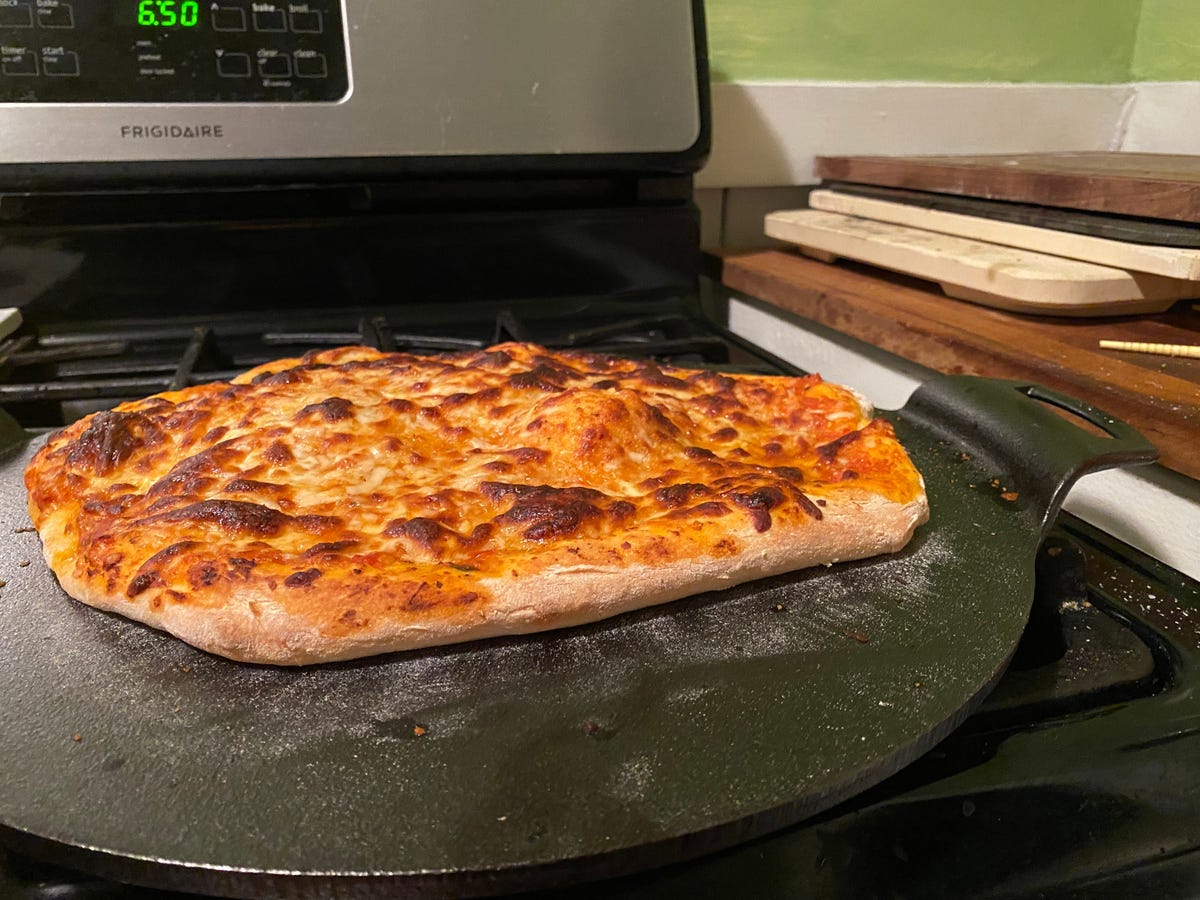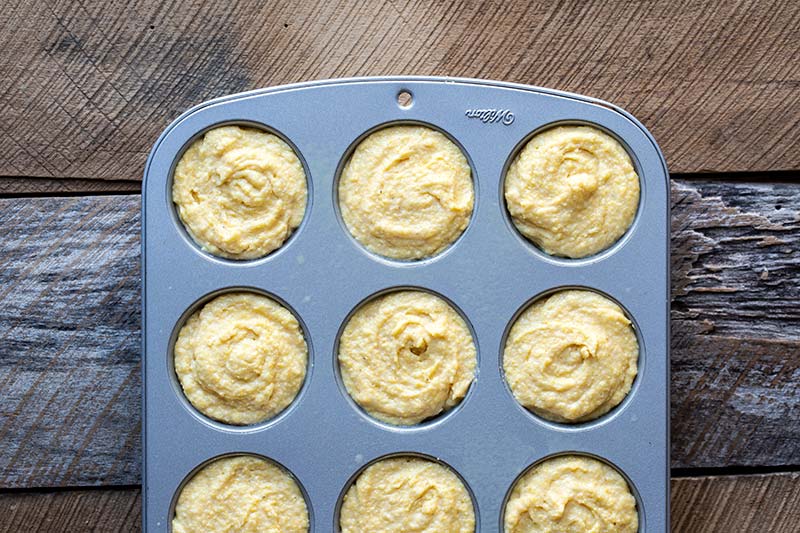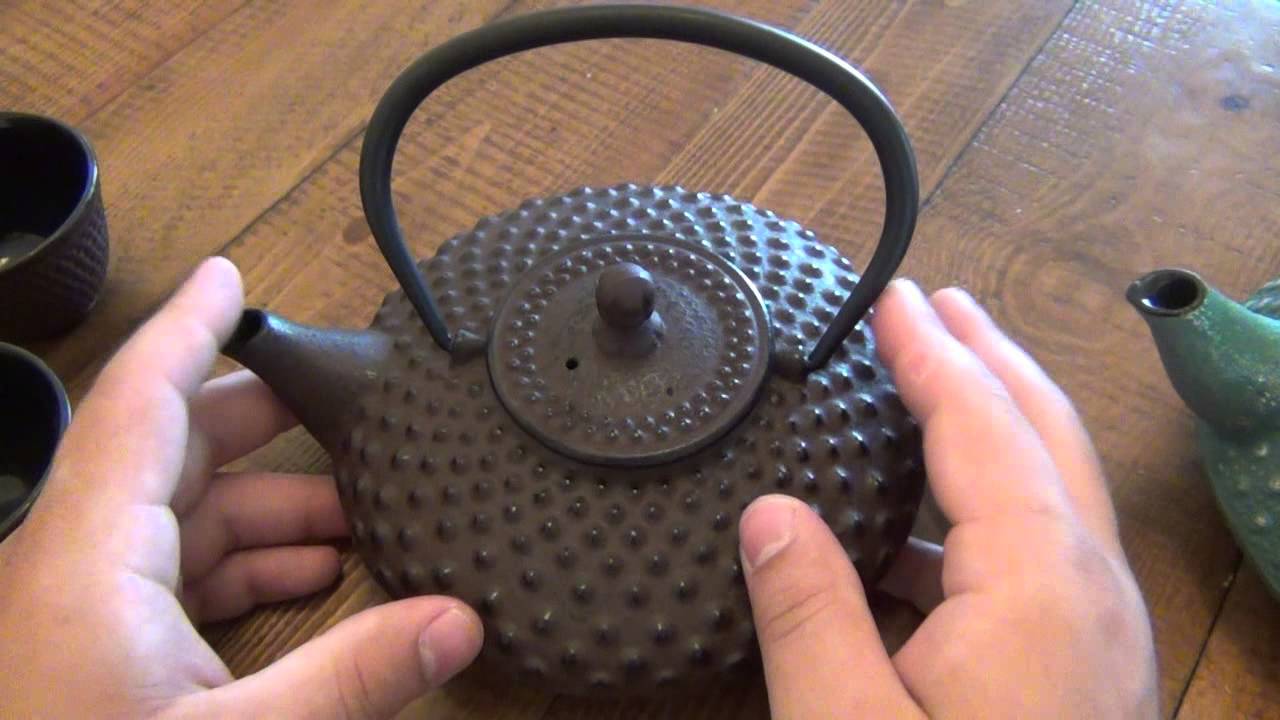If you've ever aspired to achieve bakery-quality bread or perfectly crispy pizza at home, using a baking stone in an electric oven might just be the game-changer you need. This tool, cherished by culinary experts, can significantly enhance your baking and cooking experience, and the results will certainly impress both in professional kitchens and at home. In this article, we'll dive deep into the art of using a baking stone in an electric oven, sharing tips and techniques to help you attain perfect bakes every time.

The Magic of Baking Stones: Why They Matter
Baking stones, also known as pizza stones, are designed to mimic the conditions of a traditional brick or stone oven. The secret lies in how effectively they retain and distribute heat. A well-heated stone provides an even cooking surface, absorbing moisture from dough or pastries, and ensuring a crispy, well-cooked bottom. As a result, it addresses many culinary professionals' woes of uneven baking and soggy crusts. These qualities make using a baking stone in your oven a choice favored by many experts.
Recognizing the unique capabilities of a baking stone in electric ovens allows you to elevate your culinary creations. Whether you are crafting artisanal bread, pizzas, or pastries, this method is integral to achieving professional-tier results. For curious bakers, leaning on a baking stone can bridge the gap between amateur and expert, offering an exploration of traditional cooking techniques.
Setting Up Your Baking Stone
Before placing your baking stone inside the oven, it's crucial to ensure your oven is clean and free of debris. Preheating is an essential step in this process. A majority of kitchen experts recommend preheating your oven with the baking stone inside for at least 30 minutes, reaching a temperature between 450 to 500 degrees Fahrenheit. This practice optimizes heat distribution and prepares the stone for baking.
For further insights on setup and usage, this guide offers a comprehensive look at various techniques. You might also find it useful to explore this external resource, detailing the versatility of stone bakeware, expanding your culinary repertoire.
Mastering Techniques with a Baking Stone
The journey of mastering the use of a baking stone in electric ovens necessitates an understanding of technique. With bread, for instance, steam plays a pivotal role in achieving that desirable crisps crust. Professional bakers often introduce steam by placing a shallow pan of water at the bottom of the oven. This method, alongside a preheated baking stone, encourages dough expansion and crust development, reminiscent of bakery loaves.
The baking stone truly comes into its own when baking pizza. The conduction of heat through the stone leads to a perfectly blistered crust, echoing traditional pizzeria standards. Professionals often recommend stretching the pizza dough thin to ensure swift and even cooking atop the stone.
Alternative Uses for Your Baking Stone
Beyond breads and pizzas, there are numerous alternative uses for your baking stone in electric ovens. Consider baking pastries and cookies for even browning. Or perhaps roasting vegetables to achieve a delightful char. The versatility of a baking stone means it can function as a griddle for meats, or a surface for reheating leftovers evenly.
Caring for Your Baking Stone
Proper care of your baking stone ensures its longevity and continued success in the kitchen. Avoid using soap; the stone is porous and can absorb residues, potentially affecting food flavor. Instead, allow the stone to cool, scrape off any baked residues with a spatula, and rinse with warm water. For a deeper understanding of stone care, you might refer to the recommendations available here.
FAQs
How does a baking stone in an electric oven work?
The stone absorbs and evenly distributes the heat, providing a stable cooking base, and results in an evenly cooked base in foods.
Can I leave a baking stone in the oven?
Yes, many chefs recommend regularly leaving your stone in the oven to improve heat retention and reduce thermal shock risks.
What foods can I cook on a baking stone?
From breads and pizzas to pastries, roasted vegetables, and even meat, a baking stone is remarkably versatile.
:max_bytes(150000):strip_icc()/pizza-stone-testing-winners-lodge-pre-seasoned-cast-iron-baking-pan-wdickey-3-07-4acd6ee95c134013907ffa659ffb212d.jpeg)
Final Thoughts
The baking stone in electric ovens is more than just a tool; it's a testament to time-honored baking traditions and techniques. By adapting and mastering its use, kitchen professionals are well on their way to enriching their culinary endeavors. Whether baking loaves that rival your local bakery or creating the perfect pizza, this tool can be your ally in broadening both skillset and creativity in the kitchen.
This article contains affiliate links. We may earn a commission at no extra cost to you.






Leave a comment
This site is protected by hCaptcha and the hCaptcha Privacy Policy and Terms of Service apply.